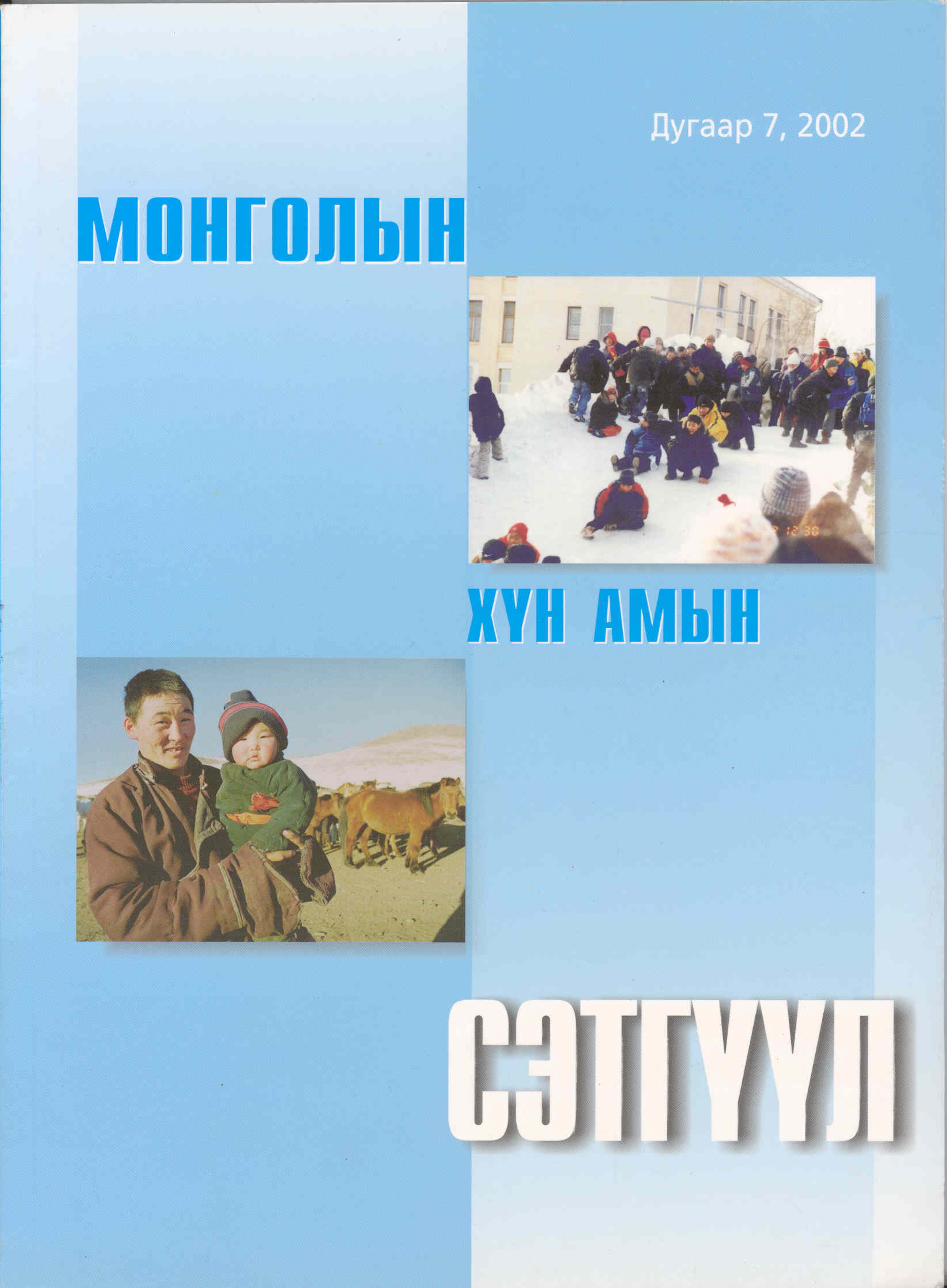Regional population distribution and patterns of rural-urban growth in Mongolia
Main Article Content
Abstract
This paper attempts to describe the rural-urban and regional population growth and distribution in Mongolia. It begins with a brief description of the country, and follows with an interpretation of the trends in population growth and distribution, patterns of internal population movements and salient features of the urbanization process in the country.
About 60 percent of the country’s population lives in urban areas; Mongolia is relatively more urbanized than many developing countries. In fact, Mongolia is ranked 28th in terms of level of urbanization or percentage of urban to total population amongst low-income countries, and 60th among middle-income countries.
By Mongolian standards the capital city of Ulaanbaatar with a population density 161 persons sq.km(1000) has an extremely high population density. The country has urbanized rapidly over the past three decades, with the proportion of the population living in urban areas increasing from 21.6 per cent in 1956, to 44.0 per cent in 1969 and to 56.6 per cent in 2000. Urbanization in Mongolia has been rising in line with socio-economic development and rural-urban migration.
